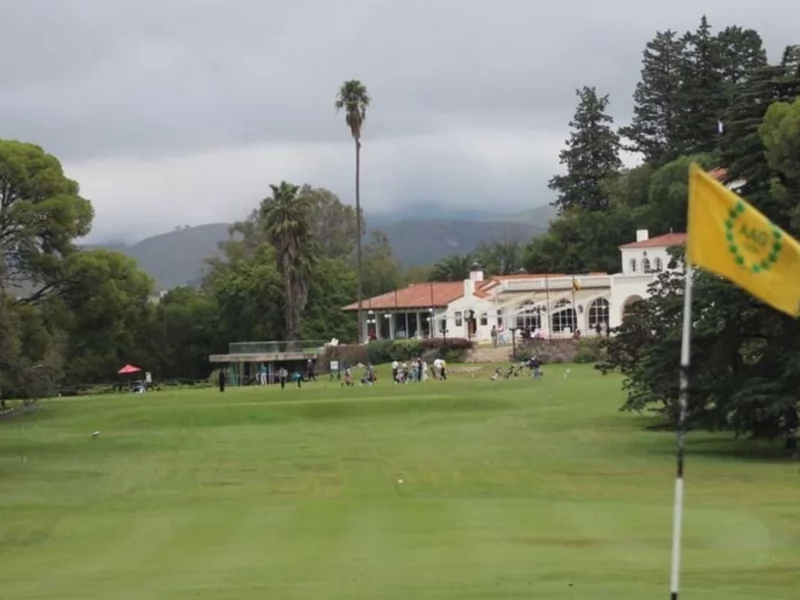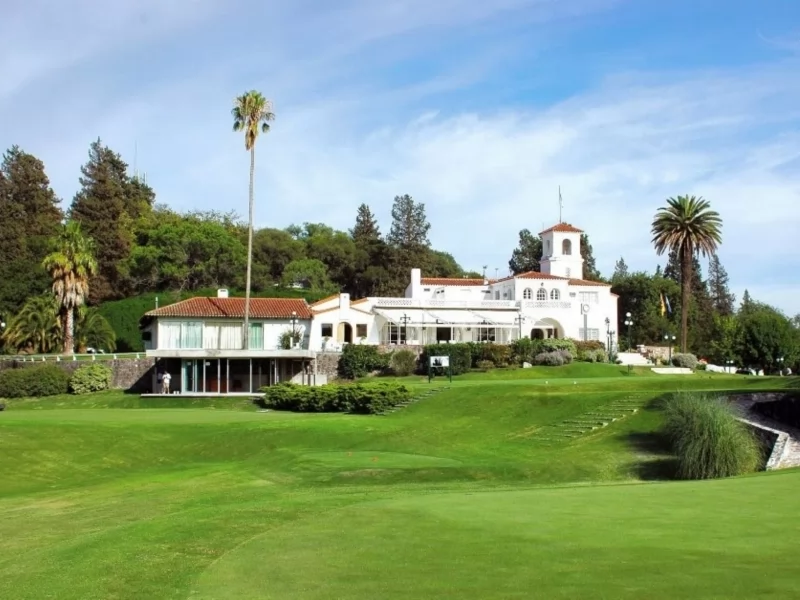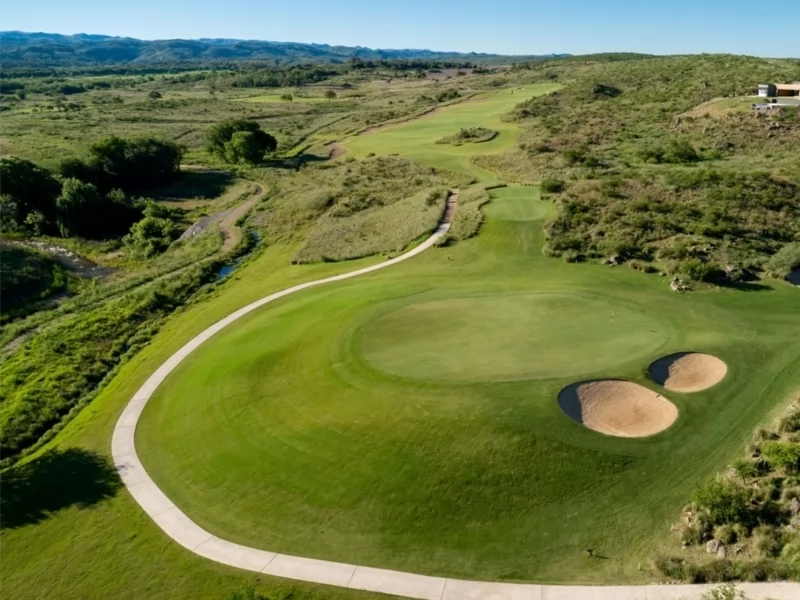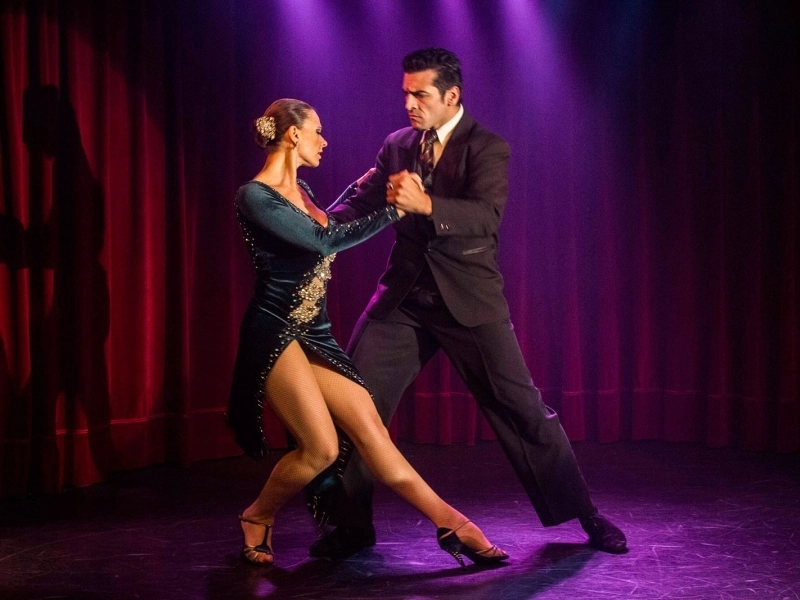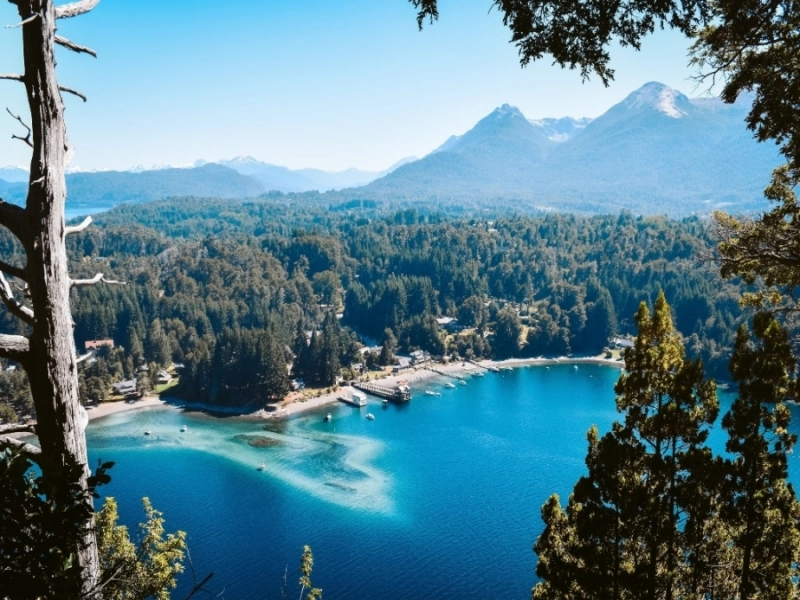News and Testimonials
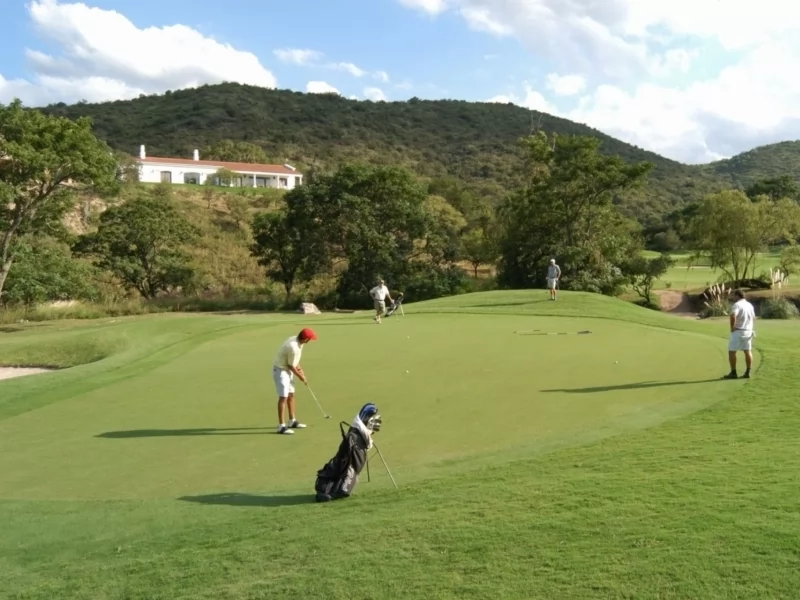
Variety, quality and attractiveness in Cordoba's golf courses
The supply of courts is nourished in the province. There are different styles and complexities, and framed by a unique landscape. Experts explain it.
With the irruption of Estancia El Terrón, a new large golf course that will be inaugurated this year in Mendiolaza, Cordoba's excellent range of courses was enhanced by joining the already 14 18-hole, 16 nine-hole, and 10 of Par 3.
From the history at the Córdoba Golf Club, passing through the Nicklaus style in Valle de Golf, an attractive mountain course like El Potrerillo, to others like Estancia La Paz that make each hole a different landscape, the province has positioned itself for quality and variety of its courts.
"Córdoba has a very important offer of courses, very good and varied. You have the classic ones and the aggiornadas ones with the surroundings of the mountains. They are very beautiful. Many golfers come from Chile, from Buenos Aires, from Rosario, from all over. Our courses are very fun, and if you add that they have a good level and good quality, it is a very good offer ", says Marcelo Lozada, owner of the Córdoba Golf Club in Villa Allende.
But, what variety of golf courses are there in Córdoba?
There are many types of courses: long, short, with hills, lagoons or intricate by forests. And although it is difficult to classify them, the way to do it is to group them according to the architectural elements of their design, generally adapted to their natural environment and location.
For the court designer Frankie Bunge, who is the builder of the Estancia El Terrón court, "the courts are divided according to their nature." “They can be links, without trees near the sea, like St Andrews (Scotland), the school field. There are the Heath-Lands that do not have trees, armed with pastures and the whole strategy is in the movement of soil. And the Parkland, a court inserted as in a park, for example the Jockey Club of Córdoba or Córdoba Golf Club of Villa Allende ”, he listed.
According to this classification, most Mediterranean courses are Parkland style: they are courses with lush green areas, well-groomed fairways, mature trees, and very thick rough. One of the most famous courses of this type is Augusta National, the home of the Masters.
Another local example is the Río Cuarto Golf Club, whose 1950s course is a modern and competitive Parkland type, with holes surrounded by large trees.
From another point of view, and assuming that the courts have a great Scottish influence, it was in a so-called classic period that the great Argentine courts were built (between 1920 and 1950). “They took the British spirit from the field and transferred it to different types of terrain, intervening in it. But from the second war, the intervention of man began, in the so-called modern era. It is invested in large earthworks, sprinkler irrigation, different types of pasture, different groups of trees with a landscape and agronomic criteria ”, explained Sebastián Olivar, an agronomist and student of golf courses.
According to this classification, the first Cordovan courses are from the classical period, although several took care of upgrading them, as happened with the redesign of the Villa Allende course in 2011. “The Córdoba Golf Club is from the classical period, like Alta Gracia, La Cumbre and Villa María. They are fields from the time of Alister Mackenzie ”, analyzed Lozada. “On the other hand, in the modern stage, the field was not in the hands of a designer but of a company that studied the environment, with soil studies, climate resistance, with high investments. Of this group the best known are the designs of Jack Nicklaus ”.
That is the style of Valle del Golf. “It is a modern court, with great terrain modifications. Almost everything is artificial, and the competitiveness of the golfer was prioritized, ”said Carlos Bogaert, leader of the course project on the way to Falda del Carmen.
New trend
Just as there are well-defined courts, there are others that accept intermediate positions, such as Estancia La Paz, El Potrerillo de Larreta and Estancia El Terrón.
According to Germán Tagle, one of those responsible for the Mendiolaza project, "the field has a bit of everything." “In the first five holes you play in the forest, which is the highest part of the field, and when you start to go down through (hole) six, you come across the view of the mountains, with more open holes. The second nine holes are in an open space with ponds. It is a large-scale course, with wide fairways, large greens, large bunkers. It is an optical question, to maintain the proportion. The designer, Tom Weiskopf, worked to scale, all in a big way, "he said.
Although it has traits of an American court, it is inspired by the courses of Italian Tuscany, "which has the smooth movement of the terrain, with native pastures on the side of the fairway."
"El Potrerillo is a field well placed in the mountains," explained Javier Zuberbuhler, developer of El Potrerillo de Larreta. “From the lowest part of the court to the highest you have 60 meters of difference. Where the holes go they were valleys. Without so much earth movement, it is a field with a very modern layout and a lot of difficulty, because on the way it crosses the stream 14 times. We try to make it competitive but let people have fun ”.
Meanwhile, Bunge, designer and constructor of Estancia La Paz, said: “When I got to the mountains, which due to its cuts and shapes blocked my visibility, I had to make a great movement of the ground. And in the part of the river I highlighted the natural characteristics to make the best use of the river bank ”. The result was holes of different types, which lead the player to different modes of play.
The offer does not end there. The San Miguel GC and Las Delicias courses (designed by Emilio Serra), Carlos Paz GC (Agustín Fontanes), Jockey Club Córdoba and Ascochinga GC present modern and competitive designs.
But perhaps the most redeemable thing is that in addition to the quality of the courts, the designs and the maintenance, much of the added value of the Cordovan courses is in its origin: the microclimate and the nature to play in attractive places and throughout the year.

